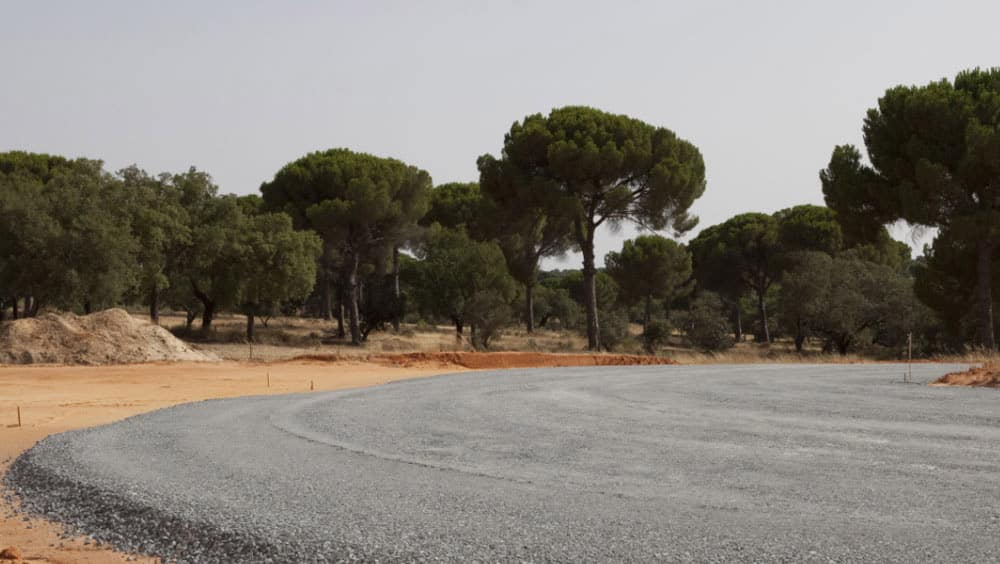
This practice is based around the additional of a binder (or a combination of binders) to new or existing pavement material using either plant mixed or onsite insitu stabilization techniques.
The preferred binder from an insitu stabilization sense is dependent on the desired structural properties, the nature and integrity of the existing material and construction logistics/staging.
Bitumen stabilization is a form of stabilization that is aimed to create bound material using the addition of bituminous binders, typically comprising two forms:
The success of using bitumen stabilization is paramount on a number of factors through the design and construction phases with emphasis on the mix design. The mix design must give consideration to the properties of the existing gravel including the particle size grading and plasticity index to first determine the suitability and secondly to determine the optimum binder content and if any additional binders are required (i.e. hydrated lime or cement). The use of these secondary binders can aid in ‘rendering’ the existing parent material suitable particularly if it exhibits high plasticity or poor grading and stiffens the bitumen – improving the cohesion between bitumen and the fine particles
Following this, Marshall stability and flow testing is typically undertaken followed by indirect tensile (MATTA) testing to ensure the as constructed properties represent that used in the design which is undertaken in both a soaked and unsoaked condition.
Given the relatively recent advancements in bituminous stabilized material, there is generally a poor understanding of its performance characteristics and whether current design standards are appropriate. The Department of Transport and Main Roads (DTMR) suggest that the material performs similarly to an asphalt material and adopts the performance criteria of an asphaltic material and assigns a modulus determined by laboratory testing and binder content (typically 7%).
Its increased use has led to a review of the design procedures however this is set to be validated for long term performance.
For more information on Global Road Technology or Bitumen Stabilized Pavements please contact GRT.
Are environmental regulations, health and safety concerns or potential profit loss a concern right now?
Contact Us Now